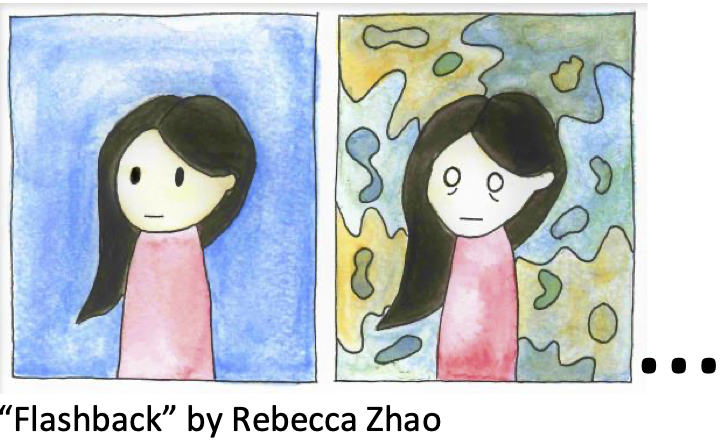Ten ways to get a grip on resident co-production within medical education change
DOI :
https://doi.org/10.36834/cmej.67919Résumé
The Royal College of Physicians and Surgeons of Canada (RCPSC) is transforming its national approach to postgraduate medical education by transitioning all specialty programs to competency based medical education (CBME) curriculums over a seven-year period. Queen’s University, with special permission from the RCPSC, launched CBME curricula for all incoming residents across its 29 specialty programs in July 2017. Resident engagement, empowerment, and co-production through this transition has been instrumental in successful implementation of CBME at Queen’s University. This article aims to use our own experience at Queen’s in the context of current literature and rooted in change leadership theory, to provide a guide for educators, learners, and institutions on how to leverage the interest and enthusiasm of trainees in the transition to CBME in postgraduate training. The following ten tips provides a model for avoiding the “black ice” type pitfalls that can arise with learner involvement and ensure a smoother transition for other institutions moving forward with CBME implementation.
Téléchargements
Téléchargements
Publié-e
Comment citer
Numéro
Rubrique
Licence
La soumission d’un manuscrit original à la revue constitue une indication qu’il s’agit d’un travail original, qu’il n’a jamais été publié et qu’il n’est pas envisagé pour publication dans une autre revue. S’il est accepté, il sera publié en ligne et ne pourra l’être ailleurs sous la même forme, à des fins commerciales, dans quelque langue que ce soit, sans l’accord de l’éditeur.
La publication d’une recherche scientifique a pour but la diffusion de connaissances et, sous un régime sans but lucratif, ne profite financièrement ni à l’éditeur ni à l’auteur.
Les auteurs qui publient dans la Revue canadienne d’éducation médicale acceptent de publier leurs articles sous la licence Creative Commons Paternité - Pas d’utilisation commerciale, Pas de modification 4.0 Canada. Cette licence permet à quiconque de télécharger et de partager l’article à des fins non commerciales, à condition d’en attribuer le crédit aux auteurs. Pour plus de détails sur les droits que les auteurs accordent aux utilisateurs de leur travail, veuillez consulter le résumé de la licence et la licence complète.











